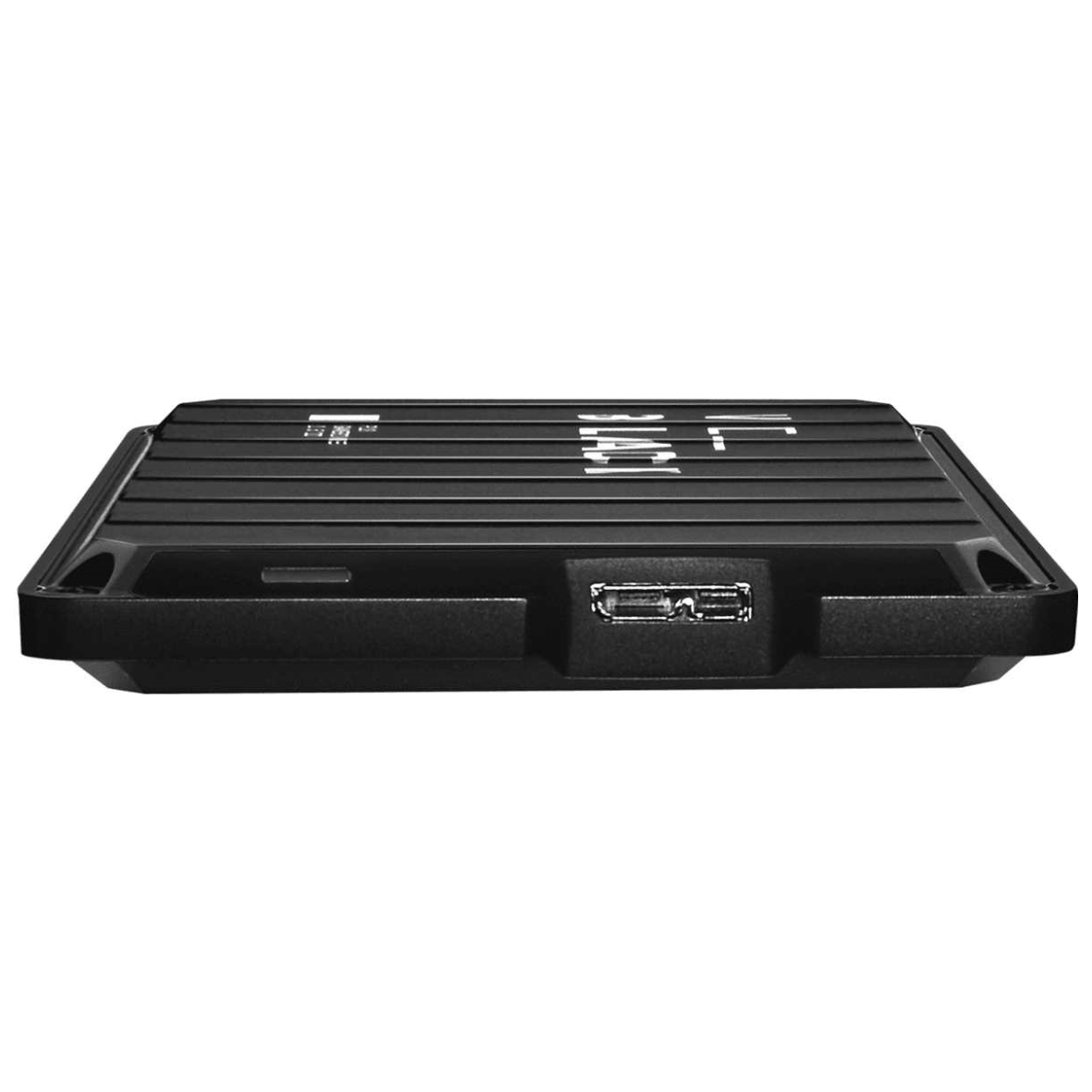

- #Off brand cheap external ssd 2tb 1080p#
- #Off brand cheap external ssd 2tb install#
- #Off brand cheap external ssd 2tb Pc#
- #Off brand cheap external ssd 2tb windows#
In game loads, saves, and install scenarios, they’re fairly close. The other surprise is the performance of the SATA SSD versus the NVMe SSD when the NVME SSD is in a USB 3.2 10Gbps port. For instance, both Call of Duty and Battlefield see 45 percent or so greater bandwidth on the internal SSD, but with the less graphically intense Overwatch, it’s closer to 30 percent. Of course, performance is also game dependent. With a USB 3.2 20Gbps SSD, you might see Battlefield V shave 25 percent of the load time versus a USB 3.2 10Gbps drive.

Between the three popular USB interfaces: USB 20Gbps, USB 10Gbps, and SATA on USB 10Gbps, the fastest is USB 3.2 20Gbps. Running an internal NVMe drive will still be faster, but the gap closes a little. The more common scenario is waiting for a game to launch. For most people, that’s only done once in a while. If you’re only looking at the big long red bar at the top of the chart, consider that the particular test is measuring what would happen if you copied a large folder of files to the SSD. But you should consider some of the context. What should you make of the above results? Well, clearly if you can install an SSD inside of your PC, you’ll get the most performance out of it. Right mouse click and select “open in new tab” to view larger image. The EasyStore is actually limited to USB 3.2 SuperSpeed 5Gbps. And because you want to know how slow a hard drive would be, we also ran the same test on a Western Digital 14TB EasyStore hard drive plugged into a USB 3.2 10Gbps port. For added contrast, we also ran 3DMark Storage on an older Plextor PX-512M7VG SATA SSD inside of a Silverstone MS09 SATA enclosure that was plugged into a USB 3.2 10Gbps port.
#Off brand cheap external ssd 2tb Pc#
This gives you an idea of how much you lose going from being installed inside the laptop or PC compared to using a USB port. We also installed the same SN700 into a PCIe 3.0 riser card to test its native performance.

We then used a Vantec M.2 NVMe SSD to USB 3.2 Gen2x2 20G Type C enclosure with a Western Digital SN700 NVMe SSD to test USB 3.2 20Gbps and 10Gbps performance. We added a Silverstone ECU06 for USB 3.2 SuperSpeed 20Gbps support. The board features native Thunderbolt 4 and USB 3.2 10Gbps ports.
#Off brand cheap external ssd 2tb windows#
We used a 12th-gen Intel Core i9-12900K running Windows 11 on an Asus ROG Maximus Z690 Hero motherboard. For the final test, 3DMark Storage tests copying the Steam folder for Counter-Strike: Global Offensive from an external SSD to the target drive.

#Off brand cheap external ssd 2tb 1080p#
3DMark Storage also tests using OBS, or Open Broadcast System, to record Overwatch being played at 1080p resolution at 60fps, installing The Outer Worlds from the Epic launcher, and saving a game in The Outer Worlds. To create the benchmark, UL essentially records the drive access patterns during several common gaming tasks to make “traces.” These drive-access traces are then run on the tested storage device multiple times to duplicate the patterns without having to actually load the game.įor its test, 3DMark reproduces what happens loading to the start menus of Battlefield V, Call of Duty: Black Ops 4, and Overwatch. To give us an idea of how much it matters, we used UL’s new 3DMark Storage Benchmark. The biggest question you want to know is, how much does using an external drive hurt game performance. How we test external SSD game performance Both are great drives, but it’s the price that makes our top pick easy. For example, we could find the WD Black P50 Game Drive in a 1TB configuration for $200 while the FireCuda Gaming SSD at 1TB was pushing $300. Seagate’s FireCuda Gaming SSD (reviewed here), is a worthy alternative, but it’s simply not price competitive with the WD Black P50 Game Drive right now.


 0 kommentar(er)
0 kommentar(er)
